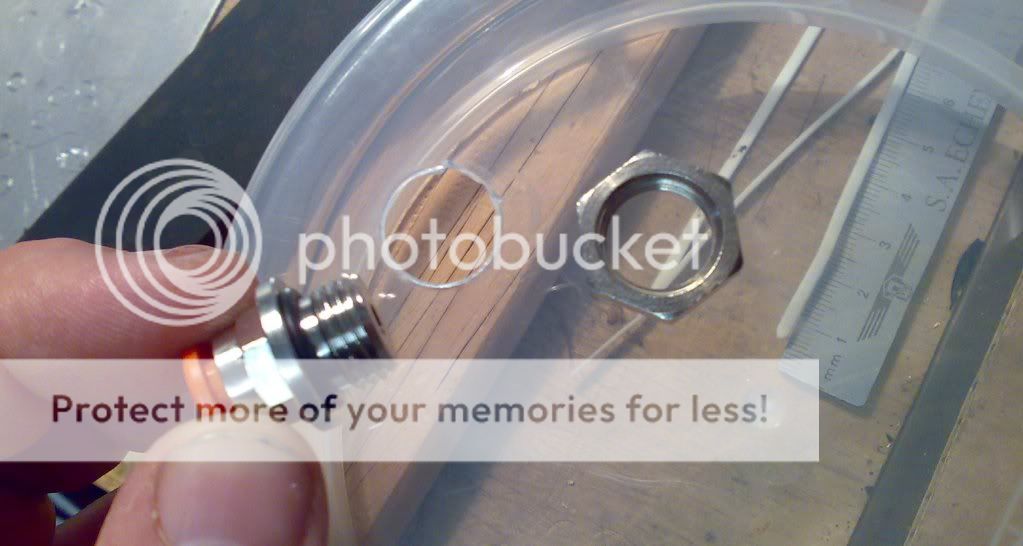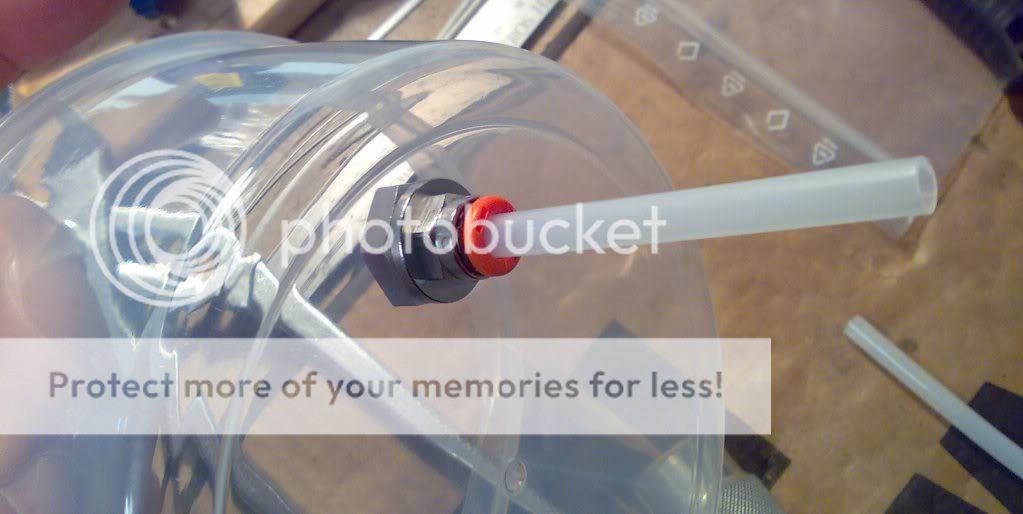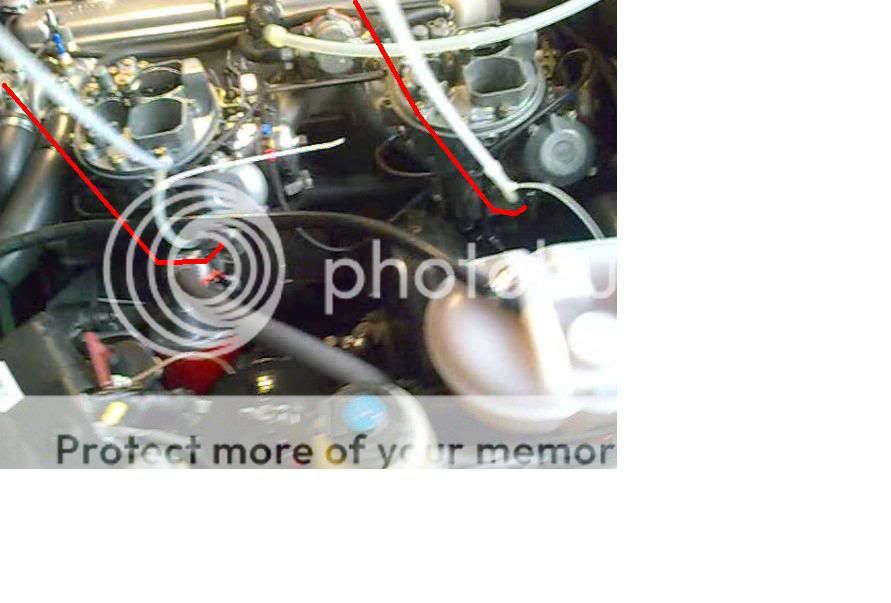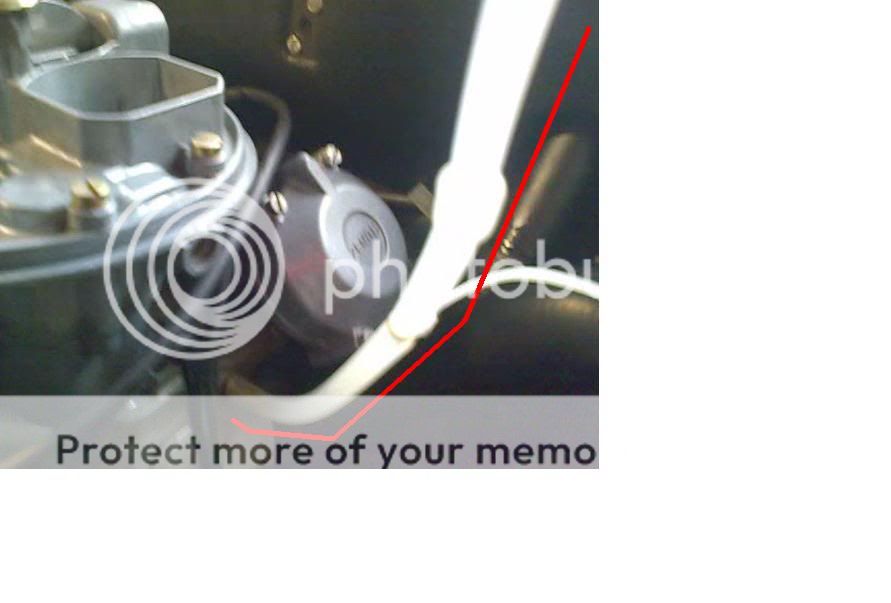hi
i would like to fine tune my carbs, so i would like to ask you about the size of a hole that must be made in the tupperware cap
i would prepare a mix between this system:
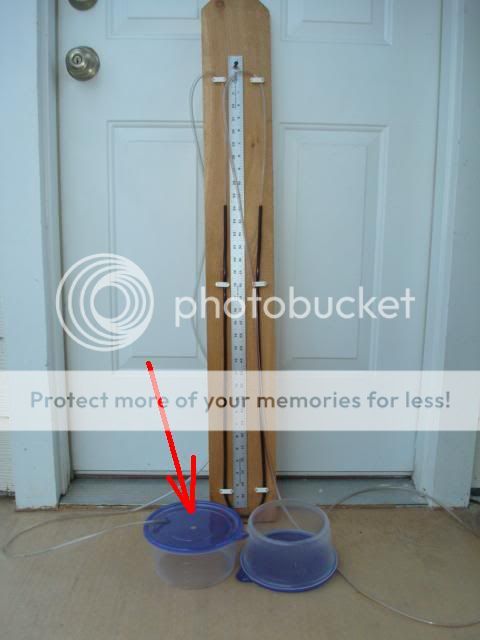
and the vacuum meter one, this is i will prepare two caps and install vacuum meters in them,
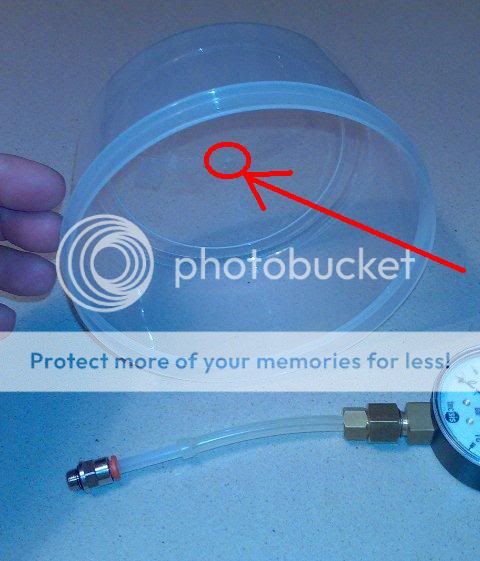
the vacuum meters will be prepared for a 0 to -1 bar meassurement
but i have an important question:
which is the size of the hole that i have to do in the cap in order to let enough air for the normal engine function while doing the synchro ?
(the hole arrowed in red)

thanks
i would like to fine tune my carbs, so i would like to ask you about the size of a hole that must be made in the tupperware cap
i would prepare a mix between this system:

and the vacuum meter one, this is i will prepare two caps and install vacuum meters in them,

the vacuum meters will be prepared for a 0 to -1 bar meassurement
but i have an important question:
which is the size of the hole that i have to do in the cap in order to let enough air for the normal engine function while doing the synchro ?
(the hole arrowed in red)

thanks


